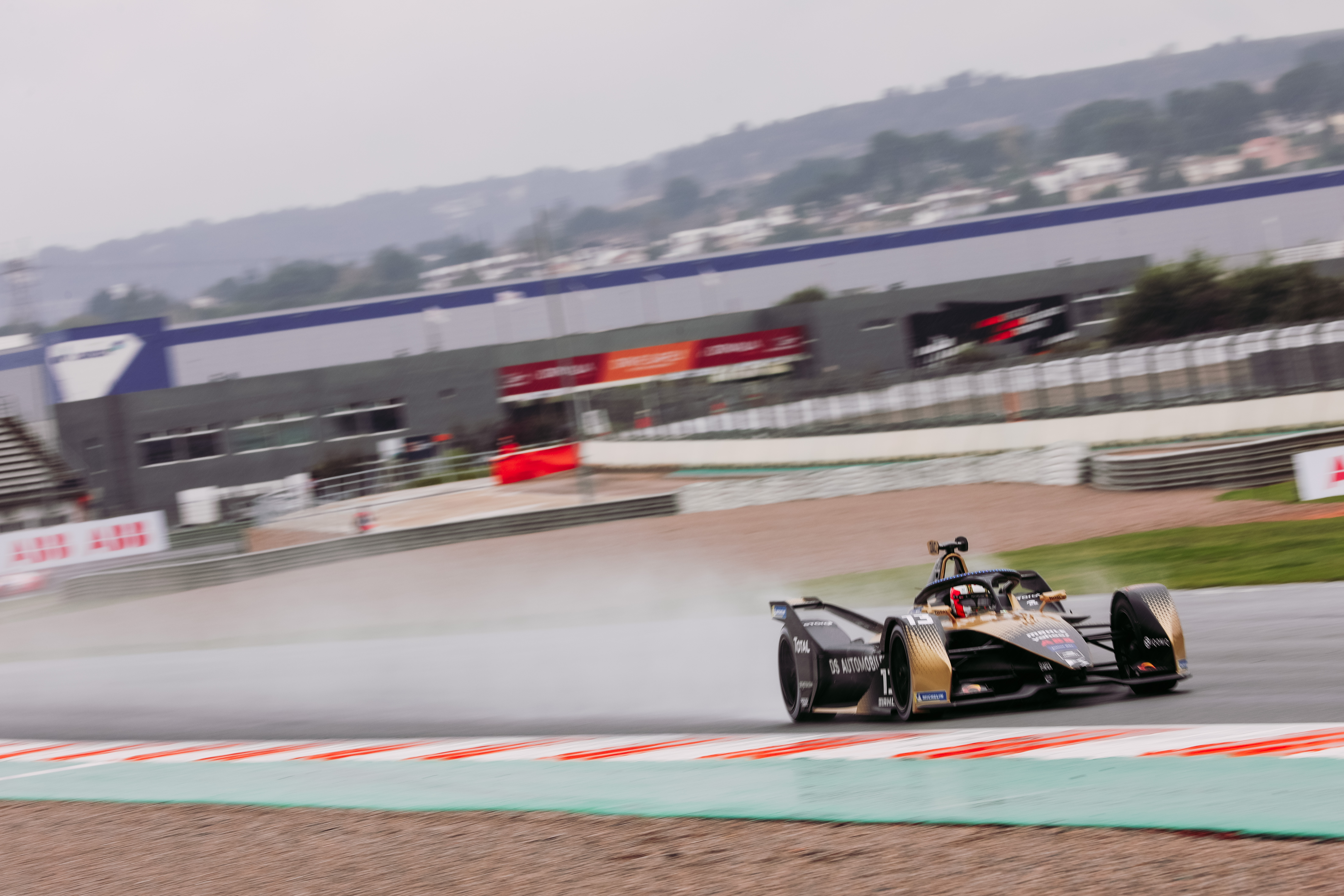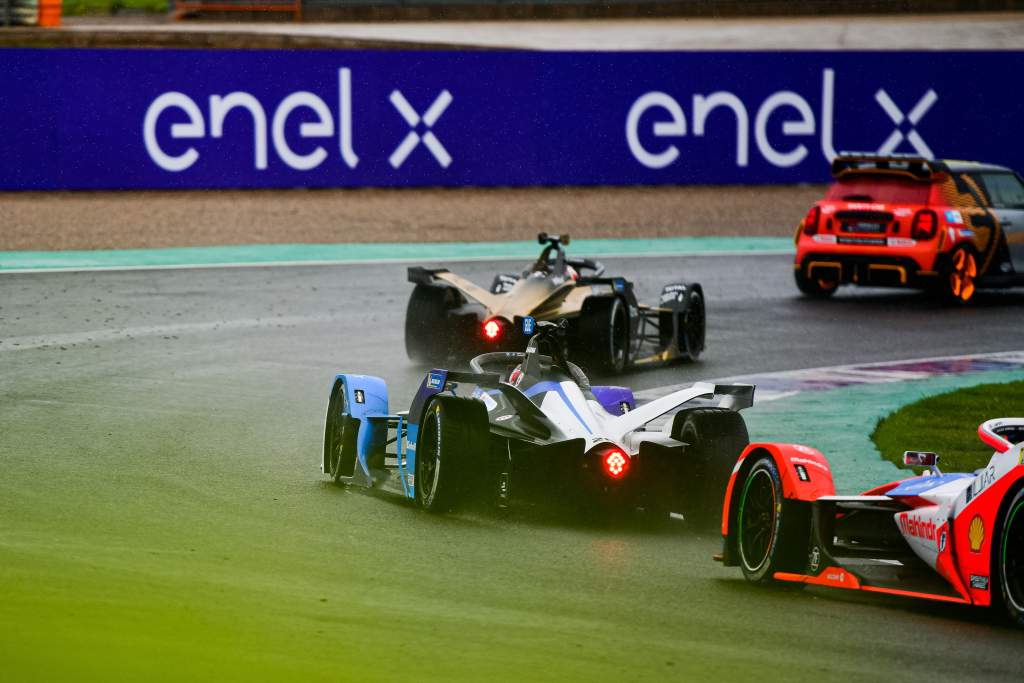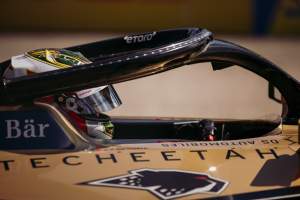To celebrate an action-packed year of motorsport that produced nail-biting title fights, thrilling racing, shocking twists and plenty of controversial moments, we’ve asked our writers to recount their standout motorsport memory or feeling from 2021.
Our Formula E writer Sam Smith reflects on the one-two punch of Valencia and Monaco that meant a lot – in ways good and bad – for the all-electric championship.
It goes without saying that the remarkable once-in-a-generation F1 title fight stands out head and shoulders as a collective memory of 2021. How couldn’t it?
But knowing that those more directly involved in that epic at The Race will cover and re-visit it with great candour, I’ve mainly chosen what I know best, Formula E.
The back-to-back races at Valencia and Monaco in April and May could hardly have been different. Before the sublime came the ridiculous.
I can’t quite put my finger on the feeling of foreboding in Valencia that weekend but all I can tell you is that it was real, and it was present.
Perhaps it was the unseasonal leaden skies and drab drizzle, or maybe the fact Formula E was breaking with tradition by racing on a permanent track. Either way there just seemed to be something in the air.
It all came to pass in the first race on Saturday when several elements of destiny came together to provide that embarrassing race where the majority of the field was reduced to a zombified state.
The confusion at the end of the race was felt everywhere, particularly in the press room.
Immediately a request was sent to Formula E and the FIA for explanations. Formula E issued a brief statement which was flimsy and useless.
The FIA offered Frederic Bertrand to the media. What he said was factually true in that leader Antonio Felix da Costa could have reduced the race by a lap.

But slowing to 10 km/h for half a lap, probably creating a safety issue anyway, was not the key point here. This was rather that under the discretion of the race director, too much usable energy had been deducted, and the FIA knew it.
There was then the awkward reality of Da Costa discovering what had been said. This was awkward. I know because I told him at the back of the pits!
He was incensed and his immediate reaction was clearly ‘off record’. His social media post a few minutes later wasn’t.
“I’m sorry, but I can’t accept this [from the FIA]. If I go even slower under [the safety car], how many teams would have protested me at the end?” he wrote.
“And also, if I go slower, they would have reduced more energy. Today it was only on the hands of the FIA to save all of us from this.”
Two weeks later in Monaco, Formula E reprieved itself.
I wrote at the time that it was perhaps the championship’s most important race of its seven-year existence, and so it proved, thankfully, to the positive.

Getting a rare chance to leave the paddock and press room, I headed up to Casino Square with media colleague Matt Kew, a part of the track that the bafflingly persistent Formula E trolls somehow thought the cars couldn’t reach.
Under the grandstand, we met as the marshal’s unfurled camembert and broke baguette. One even lit a Gitanes as an old lady animatedly protested that she could not cross to the park with her Shih Tzu. It was glorious 100% gift-wrapped Monaco!
Then the session began. Standing literally centimetres from the Armco it was an education in commitment and dexterous skill as drivers juggled their reflexes with the mental capacity of relaying information back to the pits.
The race itself was magnificent as Robin Frijns, Mitch Evans and eventual winner da Costa put on a showstopper beyond the championship’s wildest imagination.
Formula E, in many ways, saved itself that weekend in the Principality.
On the way out of the track I saw co-founder Alberto Longo, with a big grin on his face.
“We should do this again next year,” I said, of the then-biannual race.
“Yes, we should” came the prophetic reply, which was delivered with a knowing smile.






